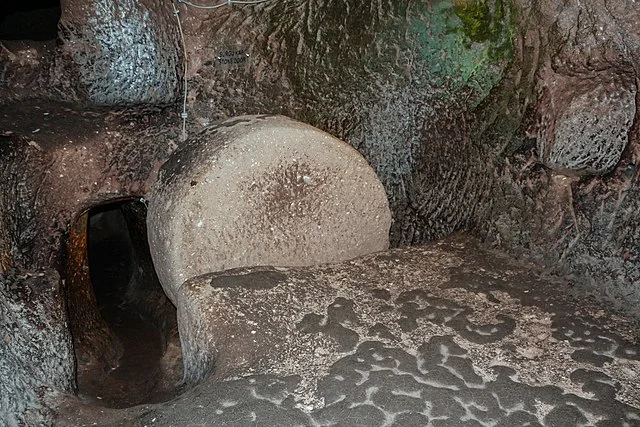Özkonak Underground City is a remarkable archaeological site located in the Cappadocia region of Turkey. This underground city exemplifies the extensive network of subterranean dwellings that characterize the region. It dates back to the Byzantine period, primarily used during the 4th to 10th centuries AD.
Get your dose of History via Email
Discovery and Excavation
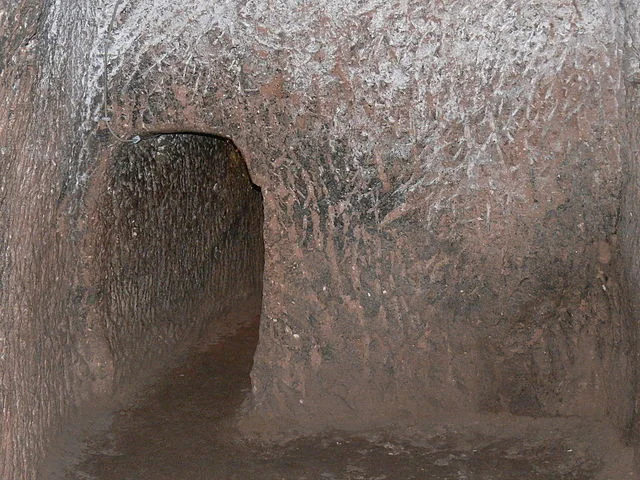
Özkonak was discovered in 1972 when local farmers accidentally stumbled upon it while digging for soil. Archaeological excavations began soon after, revealing a complex structure. Researchers have uncovered several levels of chambers, tunnels, and storage areas. These excavations provide significant insights into the architectural techniques of the time.
Structure and Layout
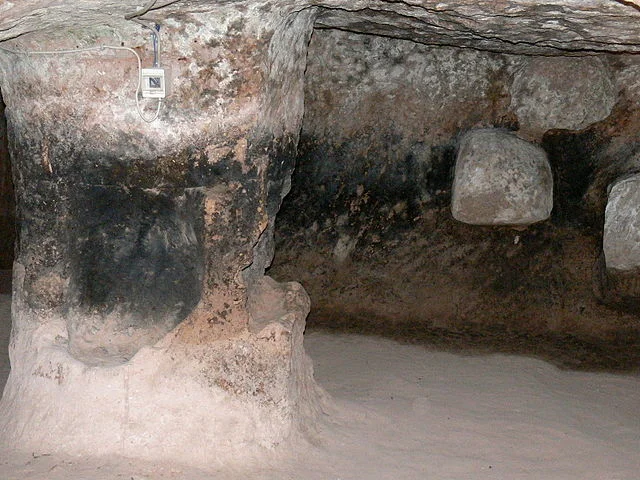
Özkonak Underground City spans multiple floors, with a depth of approximately 40 meters. It consists of around 10 floors, although not all are fully excavated. The layout features living quarters, kitchens, and communal areas. Each level connects through narrow passageways. The ventilation system is particularly notable, comprising vertical shafts that allow fresh air circulation throughout the city.
Purpose and Function

The inhabitants of Özkonak used the city primarily as a refuge during times of conflict. Its underground location provided protection from invasions and natural disasters. The city could accommodate thousands of people, allowing families to live and work in safety. Additionally, the structure includes facilities for livestock, suggesting a self-sustaining community.
Unique Features
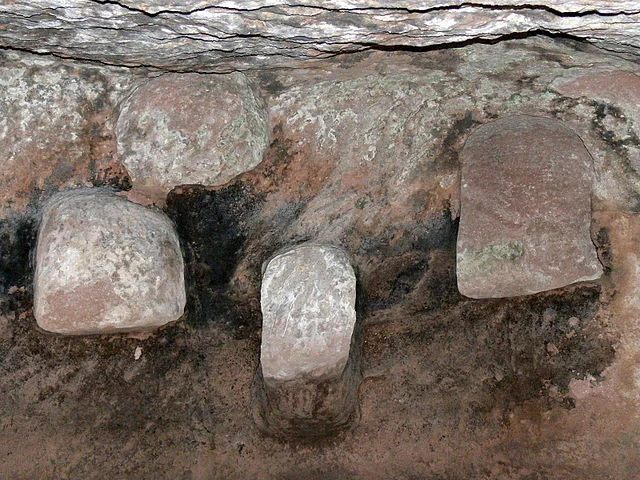
Özkonak is distinct for several features. It contains large, circular stones that could block entrances during attacks. These stones served as defensive measures, enhancing the city’s security. The site also exhibits a sophisticated water supply system, with wells and storage tanks designed to ensure access to water.
Cultural Significance
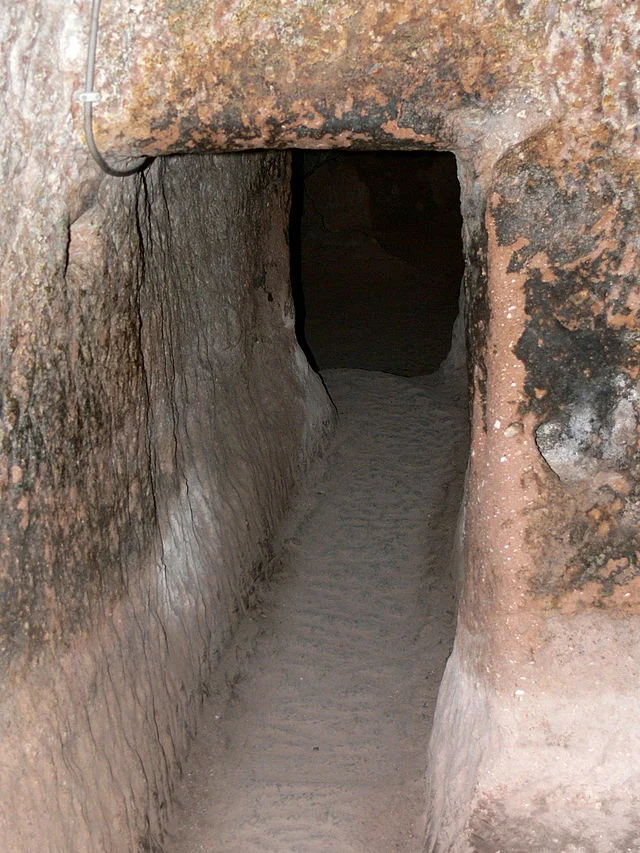
Özkonak reflects the ingenuity of its builders, showcasing their ability to create functional living spaces underground. It illustrates the challenges faced by communities in times of threat. The site is part of a broader network of underground cities in Cappadocia, including Derinkuyu and Kaymaklı, which share similar architectural styles and purposes.
Preservation and Tourism
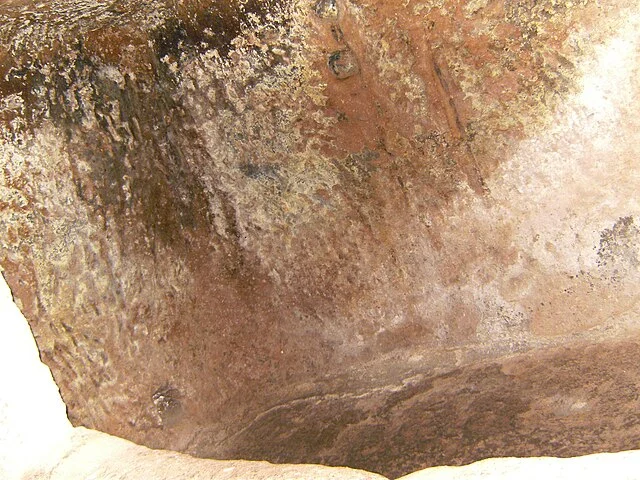
Today, Özkonak Underground City is a popular tourist destination. Visitors can explore its tunnels and chambers, experiencing the engineering marvels of ancient times. Preservation efforts are ongoing to maintain the site’s structural integrity and historical significance.
Conclusion
Özkonak Underground City offers a unique glimpse into the past. Its intricate design and historical context provide valuable insights into the lives of its inhabitants. As research continues, Özkonak will remain an essential part of understanding the ancient cultures of the Cappadocia region. The site emphasizes the resourcefulness of people who sought refuge underground during perilous times.
Source:

